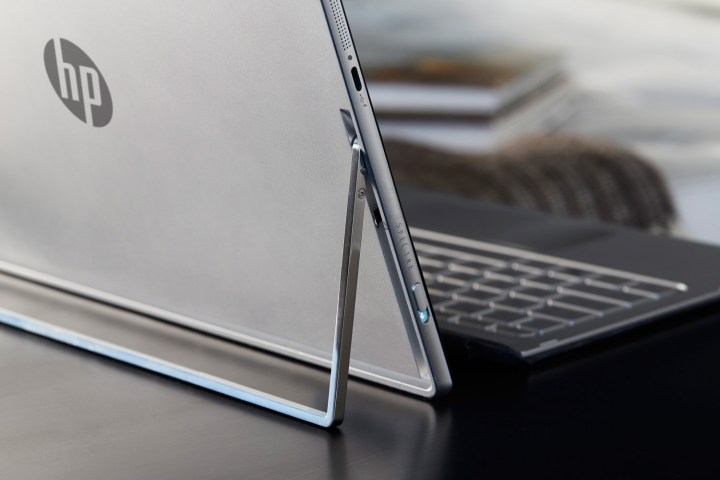
Last year, HP split off from the enterprise wing of Hewlett-Packard to go it alone, and this week’s earning report is the first since that decision took effect. A 12 percent drop in revenue and a 16 percent drop in continuing operations were indicative of declines across the board, according to a report from PC World.
Figures like those are sure to attract the wrong type of interest from analysts and investors alike, and it seems that Weisler has selected Microsoft’s flagship OS as the sacrificial lamb. He’s quoted as saying that he and his colleagues at HP “have not seen the anticipated Windows 10 stimulation of demand that we had hoped for.”
Microsoft has not been shy about publicizing its statistics on Windows 10 adoption rates following its launch last summer. However, it seems that while a large number of users are eager to upgrade while its being offered for free, fewer are actually buying new hardware — new hardware with a HP logo on it, at least.
Despite his criticism of the fact that the OS isn’t stimulating the market at large, Weisler does take time to praise Windows 10. He noted that he believe it is “a tremendous operating system platform,” praising its part in facilitating HP’s Elite X3 via its Continuum functionality.
The market for PC hardware is fiercely competitive at the moment, with a number of major manufacturers competing for turf. No matter how executives explain falling profit margins in situations like this, it’s clear that there’s not enough room for the amount of contenders currently at the table.
Editors' Recommendations
- Windows 11 vs. Windows 10: finally time to upgrade?
- The best Windows 10 keyboard shortcuts
- Top 10 Windows shortcuts everyone should know
- Windows 11 might pull ahead of Windows 10 in one key way
- 5 helpful Windows shortcuts you didn’t know about


